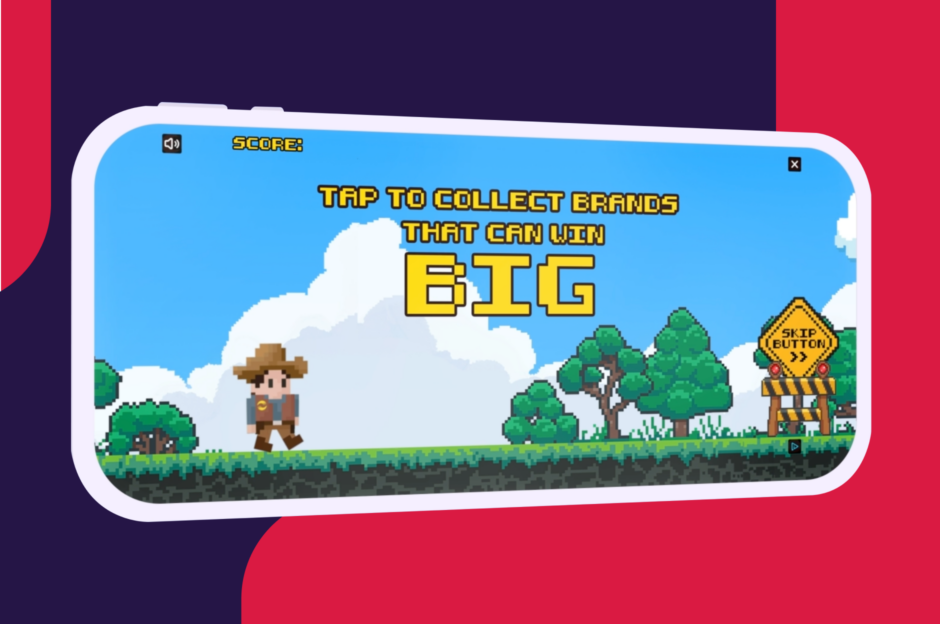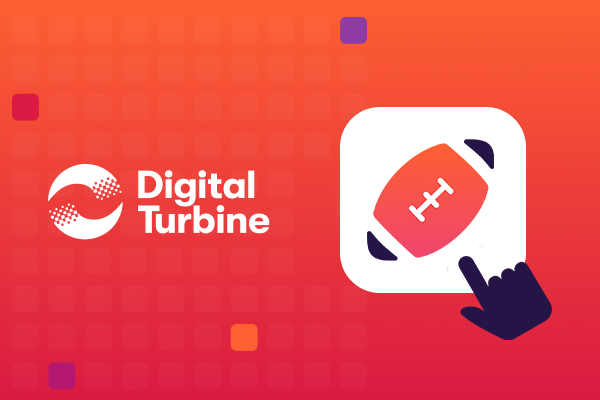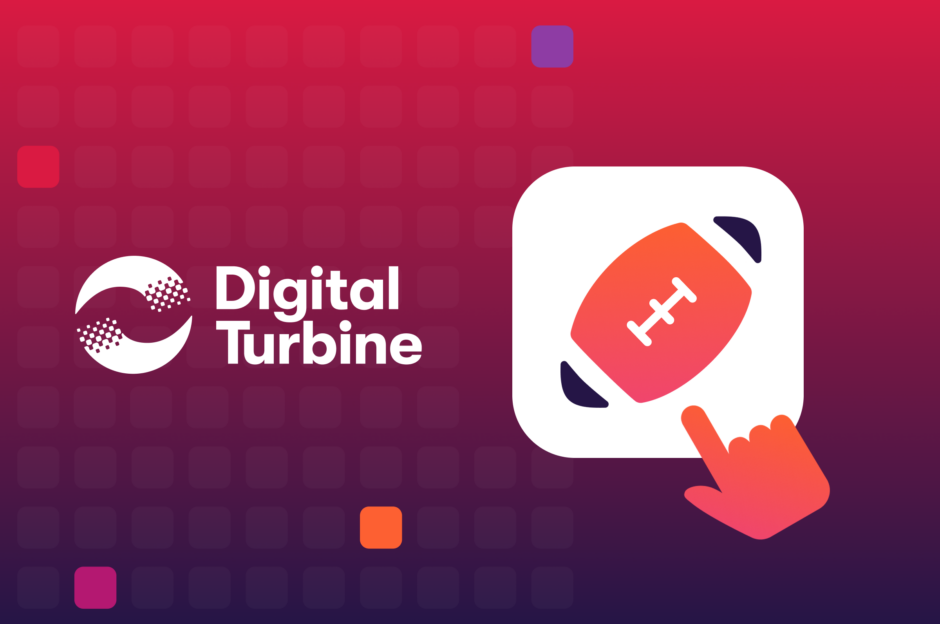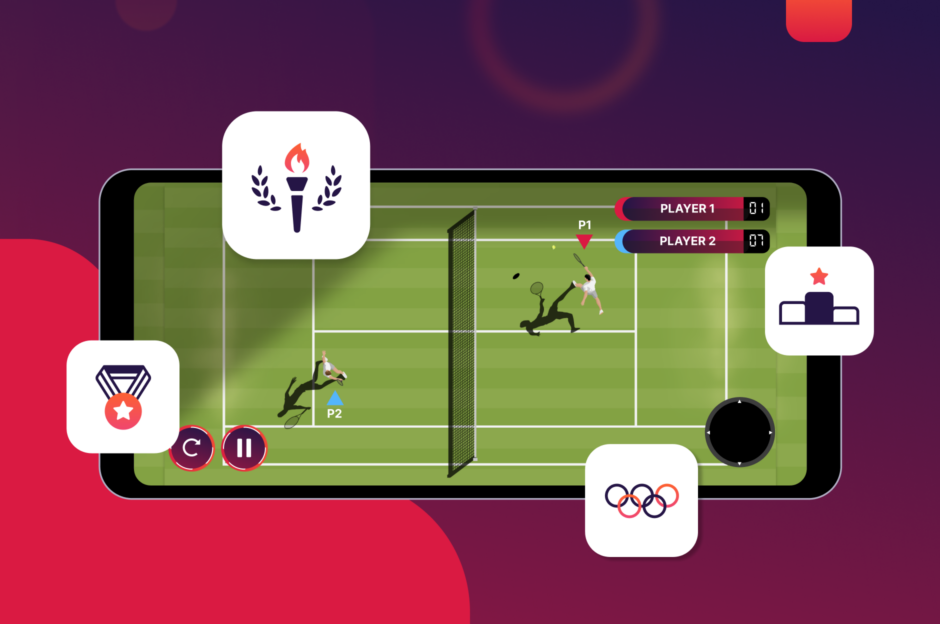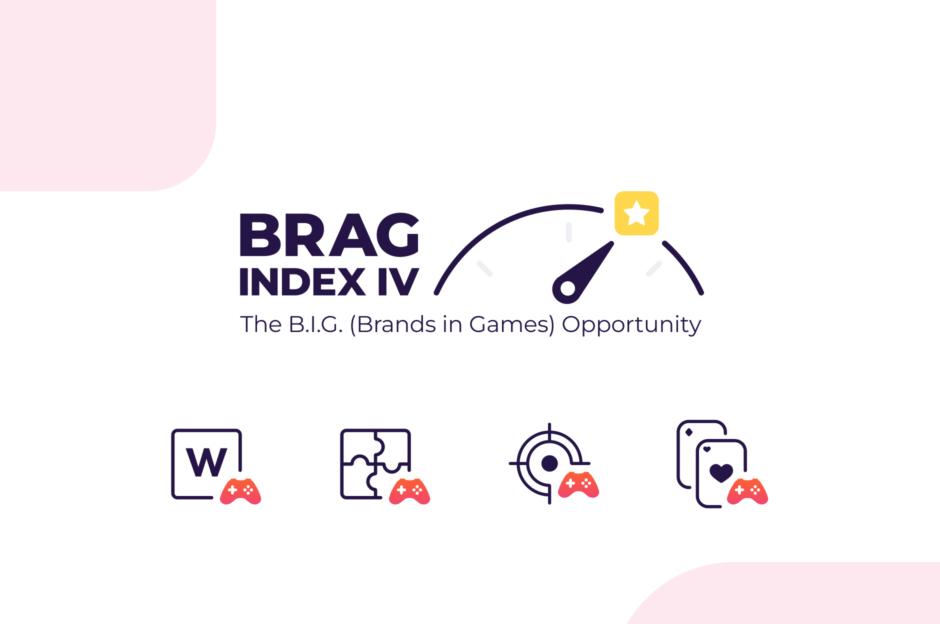Catering for App Users: Best Practices in the Food and Beverage Industries
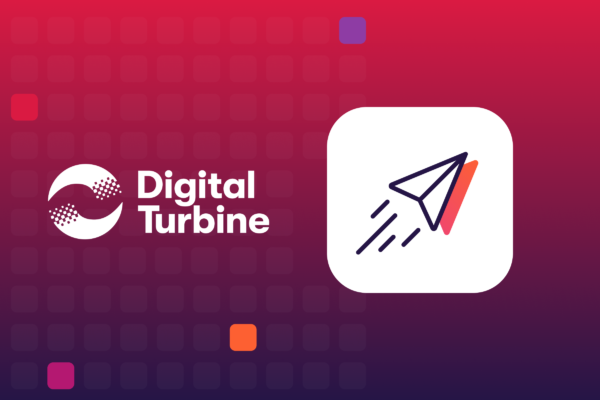
But Starbucks isn’t just giving rival coffee shops a run for their money with its mobile marketing strategy. Its app is proving such a hit as a payment mechanism for all those Frappuccinos and blueberry muffins, that it’s putting better known mobile payment providers, including Apple, Google and Samsung Pay, in the shade.
According to a report by the digital marketing firm eMarketer, the Starbucks app will help an estimated 12.4 million users pay for their coffee and assorted cakes and sandwiches in 2018.
This is huge business for the chain, which many industry analysts are stating now looks more like a bank than a coffee shop. In fact, some media reports have suggested the amount of money pre-loaded on the Starbucks app and reward cards actually dwarfs deposits at a number of big name financial institutions, including California Republic Bancorp, Mercantile Bank Corp. and Discover Financial Services.
The secret behind the Starbucks app’s success is one of common sense marketing – it simply solves everyday problems and makes buying your daily Starbucks (the brand name has almost certainly become a common noun replacing the word “coffee”) so much easier than at a rival coffee shop. This is a smart move in a highly competitive industry selling largely commoditized products.
The app helps users find nearby coffee shops, skip queues and save time at the cash register by ordering and paying for their drinks ahead of their visit, and send gift cards to friends. However, the killer application of the app is the rewards program. App users earn “stars” for every purchase made via the app, which can be collected and redeemed in exchange for free drinks and birthday rewards.
This almost certainly beats the traditional loyalty program typically offered by coffee shops, where the barista stamps a card. This paper device inevitably gets lost, thrown away or goes through the washing machine. Check your suit pockets and handbags, if you’re anything like me you’ll have a number of identical loyalty cards on the go at the same time, most with only one stamp on.
Note: Loyalty programs work well in the coffee shop environment, because while a single cup of coffee might not be deemed a considered purchase, a twice-a-day coffee habit will soon add up. There is no better place to manage a loyalty program than on a smartphone, because there is no other device people feel so loyal to.
Starbucks is certainly no newcomer to the world of smartphone apps. As an early adopter to the technology, it has been in the app business since 2011, when it rolled out services for the Apple iPhone and even a select number of Blackberry devices. A quick search of the Google Play Store reveals Starbucks apps for a number of international markets, including China, Hong Kong and Kuwait. This demonstrates the importance of localization as part of your strategic app development program.
Perhaps one of the most impressive facts about Starbucks’ app strategy is that it has been 100 percent designed to enhance its “instore” experience. Unlike many other food and beverage apps like Uber Eats or Deliveroo which act as online marketplaces, essentially outsourcing ecommerce operations for third-party restaurants’ home delivery services, you have to visit a store to buy a coffee from the app. It’s a model that many retailers could learn from.
Starbucks isn’t the only food and drinks company to have found instore success via the development of useful and engaging apps.
JD Weatherspoon, the UK pub chain, has adopted a very similar app-based solution to Starbucks. Like the coffee chain, it focuses on real world problems faced by its customers.
The app enables patrons to order and pay for food and drink without leaving their seat. This solves a number of problems for the customers and the pub chain.
As a family bar, this enables parents to stay with their children when ordering. It stops individual customers from losing their seat when going to the bar. It encourages added value purchases such as a dessert or extra drink after a meal. Want an extra portion of fries with your meal – no problem, there is an app for that.
And it’s not just Weatherspoon’s regular customers who are benefiting from the app; financial analysts have also taken a keen interest in the company following an exceptional surge in sales which were largely attributed to the app.
The Weatherspoon’s app has also served as an incredible public relations tool, delivering acres of media coverage for the company.
The press particularly loved one story (https://bit.ly/2xmm16a) which exploded on social media after a student sent a tweet asking strangers to send drinks to his table via the Weatherspoon’s app for a friend’s birthday. However, the free drink scheme slightly backfired after random app users sent glasses of milk, children’s soft drinks and single side dishes (including a plate of peas) instead of the desired alcoholic beverages.
What makes Weatherspoon’s app-based success story all the more interesting, is that it comes at a time when the company is scaling back on a number of other digital marketing strategies. The company recently shut down its social media channels (Twitter, Facebook and Instagram) in favour of more traditional communications methods.
Speaking to the BBC, Weatherspoon’s chairman Tim Martin said: “We are going against conventional wisdom that these platforms are a vital component of a successful business.”
He continued: “We were also concerned that pub managers were being side-tracked from the real job of serving customers. I don’t believe that closing these accounts will affect our business whatsoever.”
This means, if you want to catch the bar staff’s attention in a Weatherspoon’s pub, you’re going to have to either walk up to the bar or engage with the app.
Both Starbucks and Weatherspoon’s have demonstrated how apps can enhanced the customer experience in bricks and mortar businesses and significantly add to the bottom line.
If you work in the food and beverage industry and would like your app to better cater to your customers’ needs, speak to one of our app delivery experts today.
Sign-Up
straight to your inbox.

